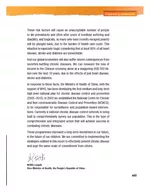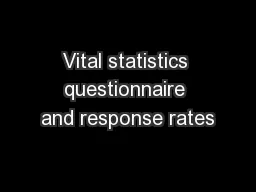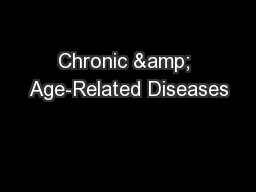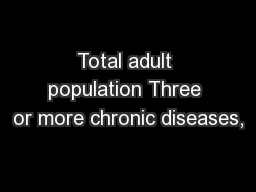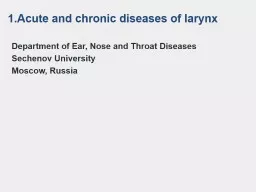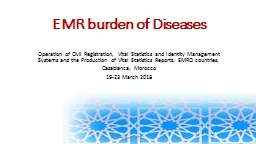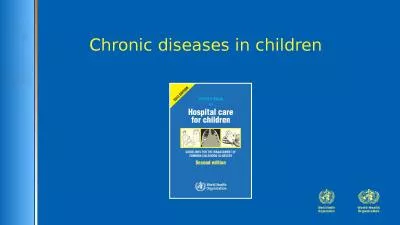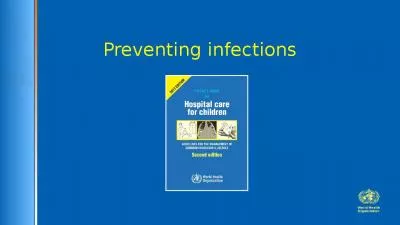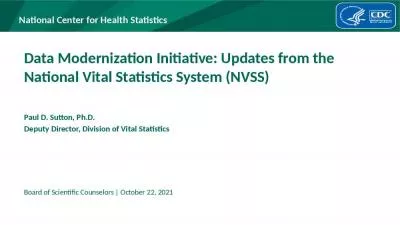PDF-Preventing CHRONIC DISEASES a vital investment WHO Library CataloguinginPublication Data
Author : stefany-barnette | Published Date : 2015-03-05
Preventing chronic diseases a vital investment WHO global report 1Chronic disease therapy 2Investments 3Evidencebased medicine 4Public policy 5Intersectoral cooperation
Presentation Embed Code
Download Presentation
Download Presentation The PPT/PDF document "Preventing CHRONIC DISEASES a vital inve..." is the property of its rightful owner. Permission is granted to download and print the materials on this website for personal, non-commercial use only, and to display it on your personal computer provided you do not modify the materials and that you retain all copyright notices contained in the materials. By downloading content from our website, you accept the terms of this agreement.
Preventing CHRONIC DISEASES a vital investment WHO Library CataloguinginPublication Data: Transcript
Download Rules Of Document
"Preventing CHRONIC DISEASES a vital investment WHO Library CataloguinginPublication Data"The content belongs to its owner. You may download and print it for personal use, without modification, and keep all copyright notices. By downloading, you agree to these terms.
Related Documents

